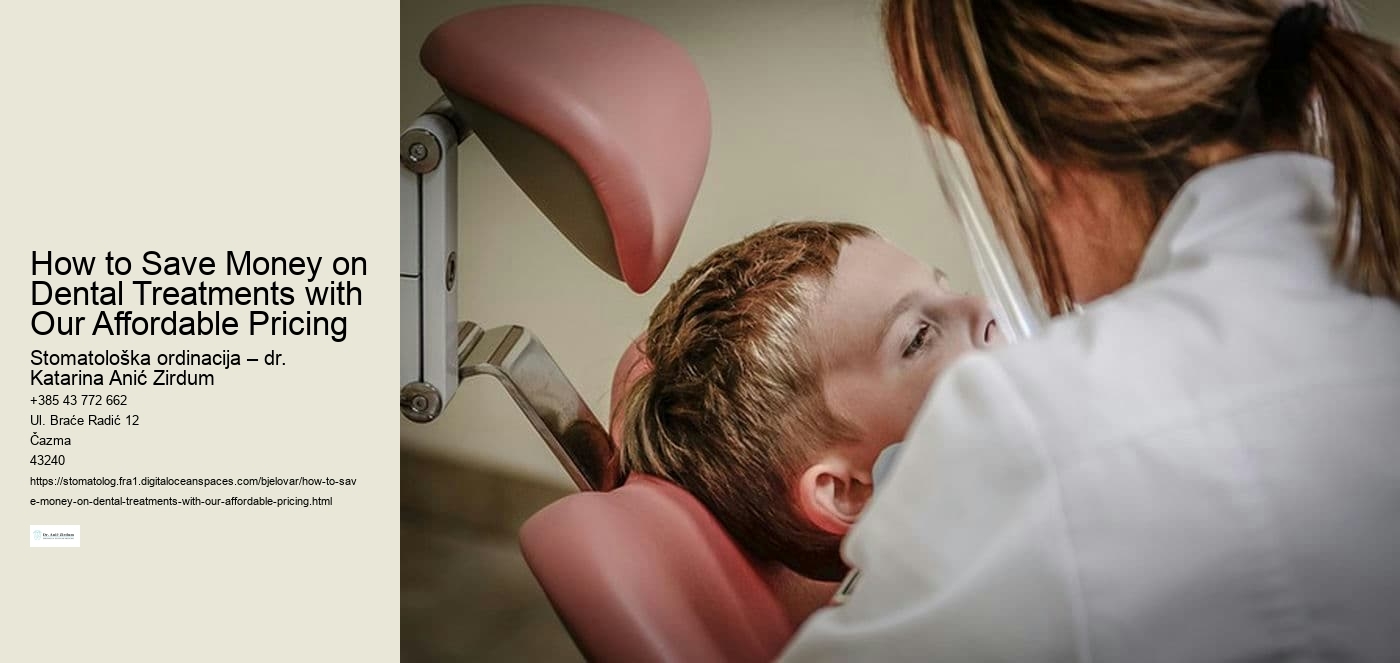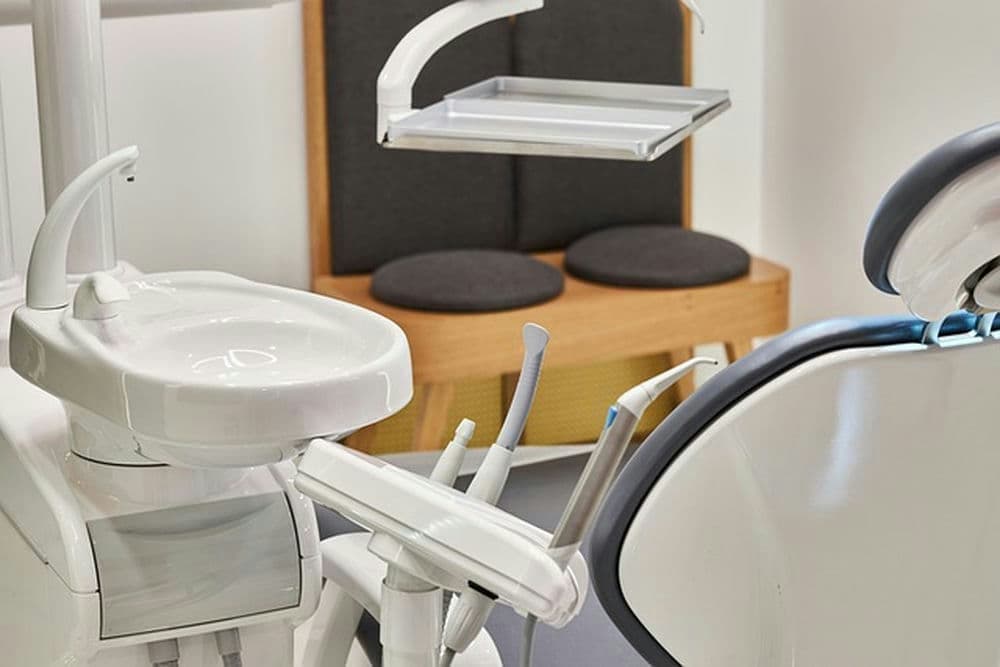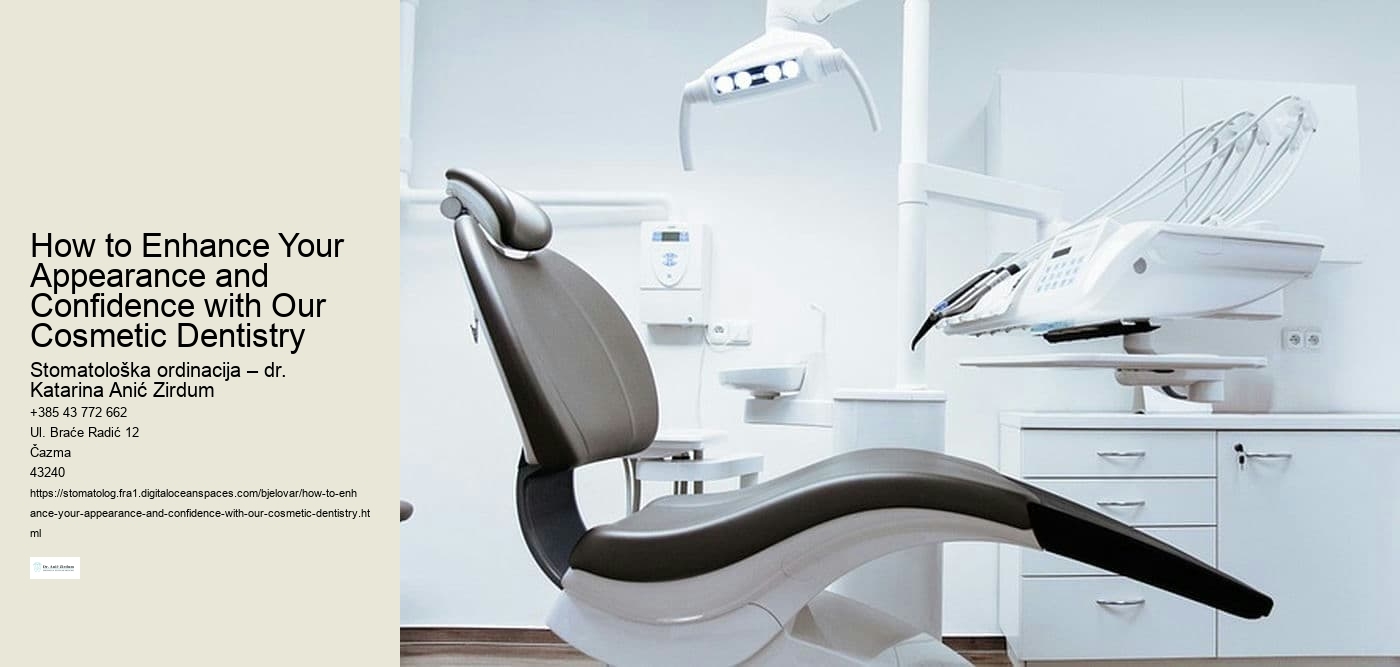Pages
Rating:
RSS:
RSS FeedSitemap:
Sitemapaverage price of dental implants
Posted 2/7/2023 by Admin

To place the abutment:Your oral physician reopens your gum to show the dental implantThe abutment is connected to the dental implantThe gum tissue is then closed around, but not over, the abutmentIn some cases, the abutment is attached to the dental implant metal post when the post is implanted. That means you won't need an extra surgical step. Because the abutment juts past the gumline, although, it's seen in the event you open your mouth — and it will be that way until your dentist completes the tooth prosthesis. Some people do not like that look and like to have the abutment placed in a separate manner. After the abutment is placed, your gums must heal for about two weeks before the artificial tooth can be attached. Choosing your new synthetic teethOnce your gums heal, you'll have more impressions made of your mouth and closing teeth. These impressions are used to make the crown — your realistic-looking artificial tooth. The crown cannot be placed until your jawbone is strong enough to aid use of the new tooth. You and your dental specialist can choose artificial teeth that are detachable, fixed or a mix of both:Removable. This type is similar to a traditional removable denture and may be a partial or full denture. It comprises synthetic white teeth surrounded by pink plastic gum.
all on four dental implants cost
Posted 2/13/2023 by Admin
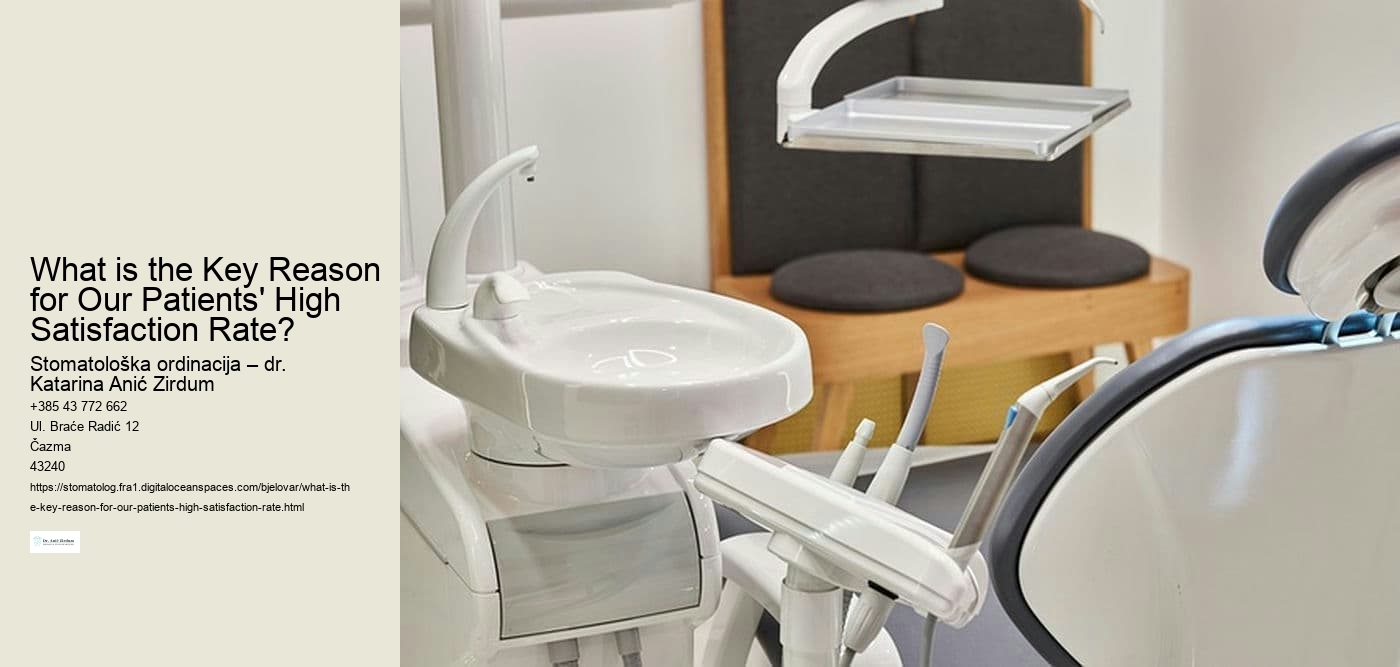
If you're deciding among classic dentures or an implant-supported healing, here are some things to accept as true with. Dentures often have to be kept in the mouth by using a dental adhesive. This from time to time calls for re-glues after meals. An implant-supported denture requires no adhesive. Dentures have to be got rid of for cleansing. With the exception of a removable implant-retained denture, your implant-supported restoration can be cared for by brushing and flossing. Dentures cover the roof of the mouth. With implants, there’s not anything protecting the roof of your mouth to intrude along with your sense of taste or other normal actions. Implant-supported dentures can even be fabricated without a palate. Dentures can slip out while eating or communicating. Implants and implant-supported dentures are securely anchored and won’t slip out.
dental implants
Posted 1/12/2023 by Admin
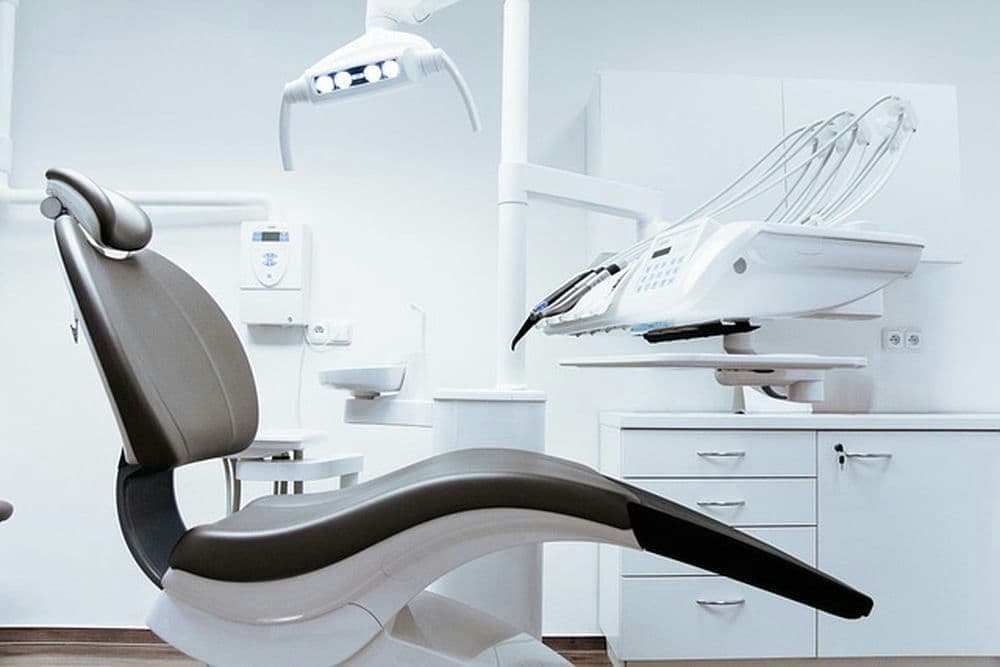
A titanium “root” is snugly inserted into the bone and is used to help a crown, bridge or denture. It looks, feels and acts like a real tooth and can last a life-time if properly cared for. Dr. William Roe has placed hundreds of implants and could fortunately spend the time to clarify the details of the procedure and answer your questions. We routinely use dental implants to change single and multiple lacking teeth. Dental implant era has become the modern day tooth substitute answer on account of its merits over earlier treatments. And, with modern concepts in dentistry, most sufferers can benefit from them – even people who were formerly told they couldn't. If you have got a number of missing teeth, or have broken or decayed teeth that could be beyond repair, implants are usually the reply. If you’re uncomfortable along with your dentures, partial denture, or bridge, that you can advantage from implant generation. In the past, sufferers with insufficient bone or who had sure health circumstances or habits were not considered candidates for implants. Advances in diagnostics and bone reconstruction have made it so that most sufferers can acquire implants.
partial dental implants
Posted 1/14/2023 by Admin

We put them into the bone of your jaw. They help to assist:dentures (false teeth)crowns (caps on top of damaged teeth)bridges (constructions to bridge or fill the space where 1 or more teeth are lacking)Implants are long-lasting replacements for your tooth roots if you take care of them properly. Qualified dentists suit your dental implant. These dentists are experts, specialists or postgraduate students. A consultant is guilty in your care, but greater than 1 dentist might treat you. Having a dental implant usually comprises 3 or 4 stages:A pre-operative evaluation.
